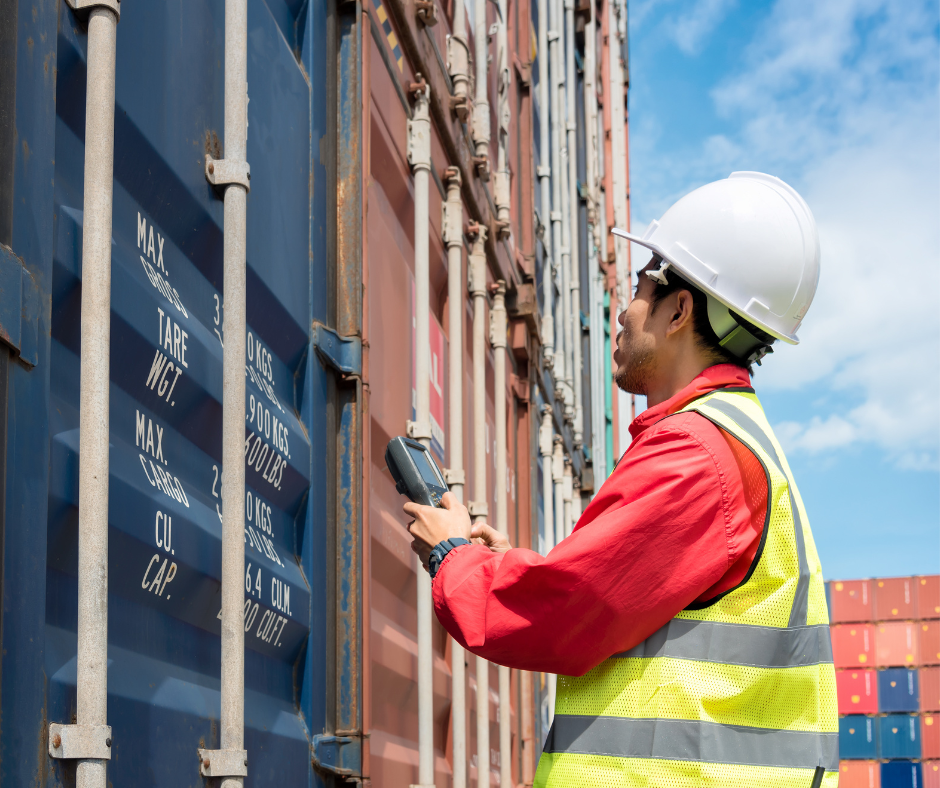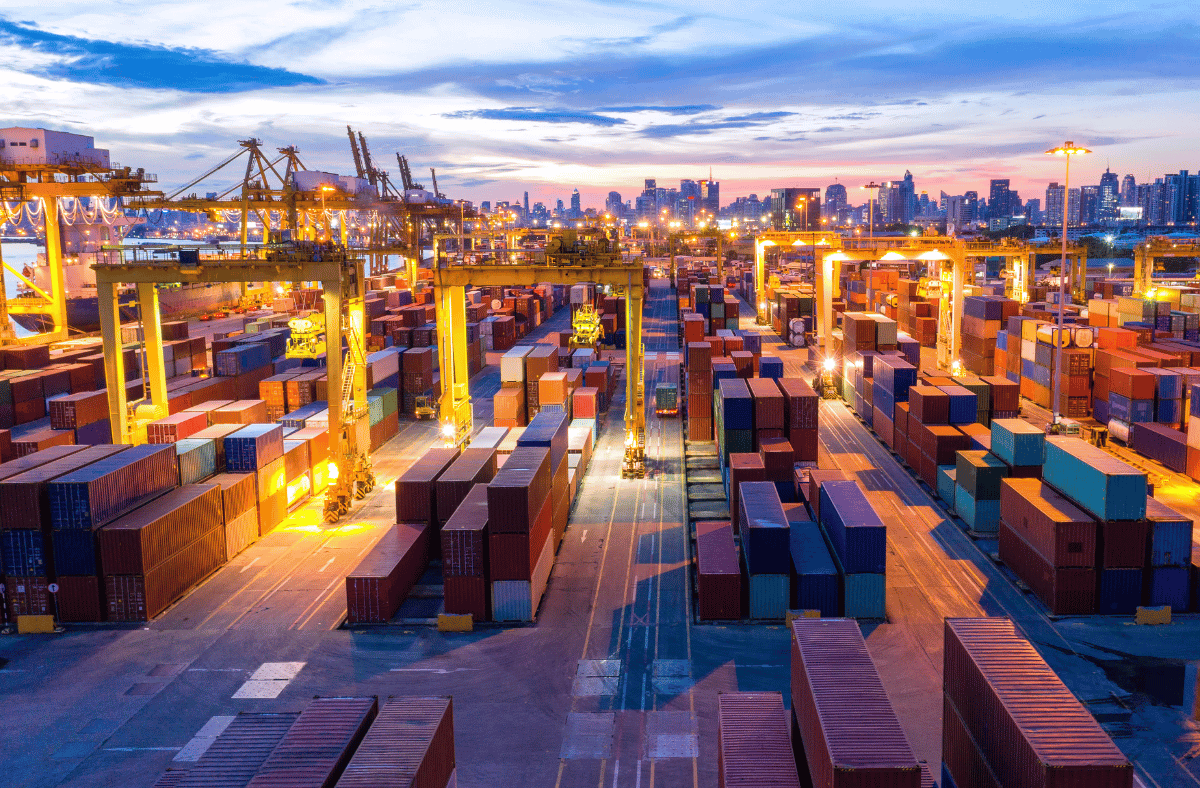
This article is part 2 of our series on regulatory compliance, and we will be looking at shipping and health and safety. In part 1 we looked at product safety compliance, which you can find here.
Shipping Compliance
Countries regulate how goods are shipped and received within their borders for a variety of reasons, including to facilitate the orderly and secure transportation of goods, to ensure safety and security of borders and citizens, and to collect economic data.
As a result, international organizations such as the World Trade Organization (WTO) have developed guidelines such as the UN Recommendations on the Transport of Dangerous Goods. These guidelines assist governments in developing their own regulations, while still facilitating international trade. Packing, marking and the transportation of dangerous goods are part of distribution activities.
Packing refers to the way in which a load of products is prepared for shipment, and can include how products are crated, placed on pallets or put into containers.
The main concern is that the goods are transported to their destination safely and without damage as agreed to in the sales contract and in accordance with any regulations affecting transportation.
Packing is an important cost element and should represent a reasonable trade-off between a minimum level of protection and a greater level of risk mitigation. It is better to invest in adequate packing than to have to deal with the consequences of damaged goods. The characteristics of the product and the physical aspects of distribution must be taken into consideration when packing goods for transportation.
Companies must also be aware of international packing regulations concerning the specific type of packing materials that are allowed, and the proper disposal of packing materials and environmental regulations associated with them. It is best to investigate any controls, obligations or materials that are prohibited in the country prior to engaging in trade. For example, exports to the United States require specifically treated pallets used for shipments of goods.
Proper marking helps avoid customs difficulties and potential damage from mishandling or improper storage, as well as ensuring that packages conform to international transport regulations and requirements. Companies should follow standardized procedures for marking shipments during the packing process, to ensure that nothing significant is missed.
Such procedures might include:
- Ensuring that marks are clearly visible on at least two external sides of the package
- Making all marks legible, large and prominent against the surface of the package
- Identifying fragile goods with the word “fragile” or with the symbol of a broken wine glass
- Removing all previous markings on recycled packing materials
- Marking dangerous materials clearly, according to regulations prescribing symbols to indicate the nature of the danger
- Stating any special handling instructions, such as storage in cool or dry conditions
To be effective, markings must be prominent, simple, clear and distinct. They should be applied by brush or stencil using waterproof ink or paint. Whenever possible, universally recognized International Organization for Standardization (ISO) symbols should be used.
Seven categories of markings are used for shipments:
- Customer identification code (shipper’s mark): An importing firm makes up a personal mark that all exporters shipping to it must use on their packages.
- Country of origin: May be required by the importing customs and border security agency.
- Ports of entry: The names of the destinations. If the goods are being shipped through one port to an ultimate destination, both must be marked (for example, “OTTAWA VIA HALIFAX”).
- Pack numbers: The importer should provide instructions on how the units being shipped are to be numbered. Each pack or container is marked accordingly.
- Special cautionary markings: Special markings such as “fragile” or “use no hooks” can appear on the packages.
- Component numbers: When components for large projects are being exported, containers should be given an indicator number. This number enables the project manager to ensure storage and opening in the sequence required by the project-implementation schedule.
- Dangerous goods labels: If the contents of the freight are hazardous, it must be clearly labelled using the International Maritime Organization and IATA recognized universal symbols. Text related to the handling of the hazardous material should also be in the language of the destination country.
Want to dive deeper into the regulations and requirements for selling in international markets? Check out the FITTskills Products and Services for a Global Market online course.
Health and Safety Compliance
Health and safety compliance is required for the protection of consumers. Hazardous goods, such as many chemicals, food products and pharmaceutical products, are strictly governed by health and safety regulations in most jurisdictions. Rigorous rules apply to how different types of food are produced, processed, packaged, stored and transported. Similarly, there are regulations governing the production, licensing and testing of pharmaceuticals, chemical products and any other goods that have the potential for being hazardous.
Safety certifications required for imports also exist to protect consumers. For example, health or sanitary certificates are quite common. These are government to government certificates that include information about the product, its health status (according to the government in the exporting country) and the exporter. The information on an export certificate varies, but includes such things as the country of origin, the ingredients, microbial status and/or its status as it relates to plant/animal diseases.
Similarly, inspection certificates are available in many countries to attest that the product complies with government and/or industry standards (e.g. certificates of hygiene, product grading certificates, standard meat product certificates, etc.). In some countries these certificates are routinely issued by government departments (to support exporting companies) and in other instances, third-party commercial certification may be required.
Examples of product safety regulations also include the safety standards for power tools, requirements for automobile speedometer designations for specific markets, and types of paint used for children’s toys and furniture. These requirements will vary for each foreign market.
Some countries have recall legislation that provides governments with the power to force organizations to recall products that are deemed public safety hazards. These recalls can have a devastating effect on an organization’s brand and image. In fact, many companies will issue their own recalls to mitigate public backlash and replace parts. This action helps to position quality control and customer service as positively viewed components of their corporate image.
Stay tuned for part 3 of our series, where we will be looking at environmental compliance.






disqus comments